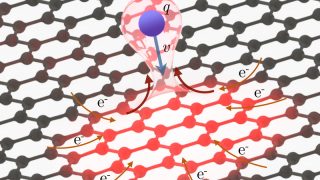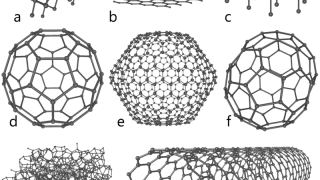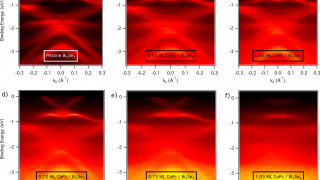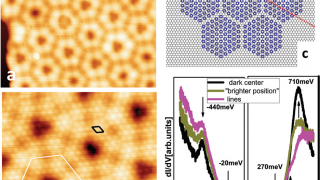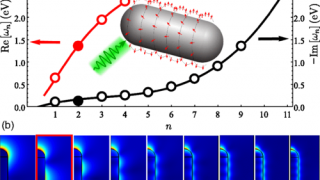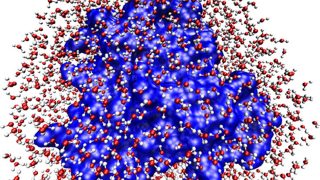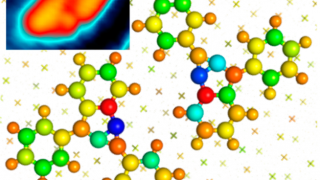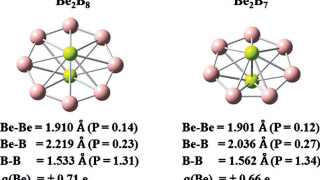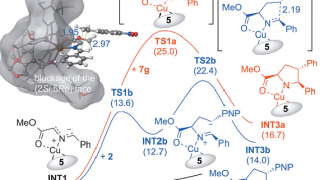
A new path to enantioselective substituted pyrrolidines
Imagine a very simple chemical estructure: 4 carbon and 1 nitrogen forming a ring, with no double bonds, just simple bonds between any two of them and with hydrogen. This compound is called pyrrolidine and is the base of very important biological and farmacological products. Pyrrolidine is found naturally in the leaves of tobacco and […]
